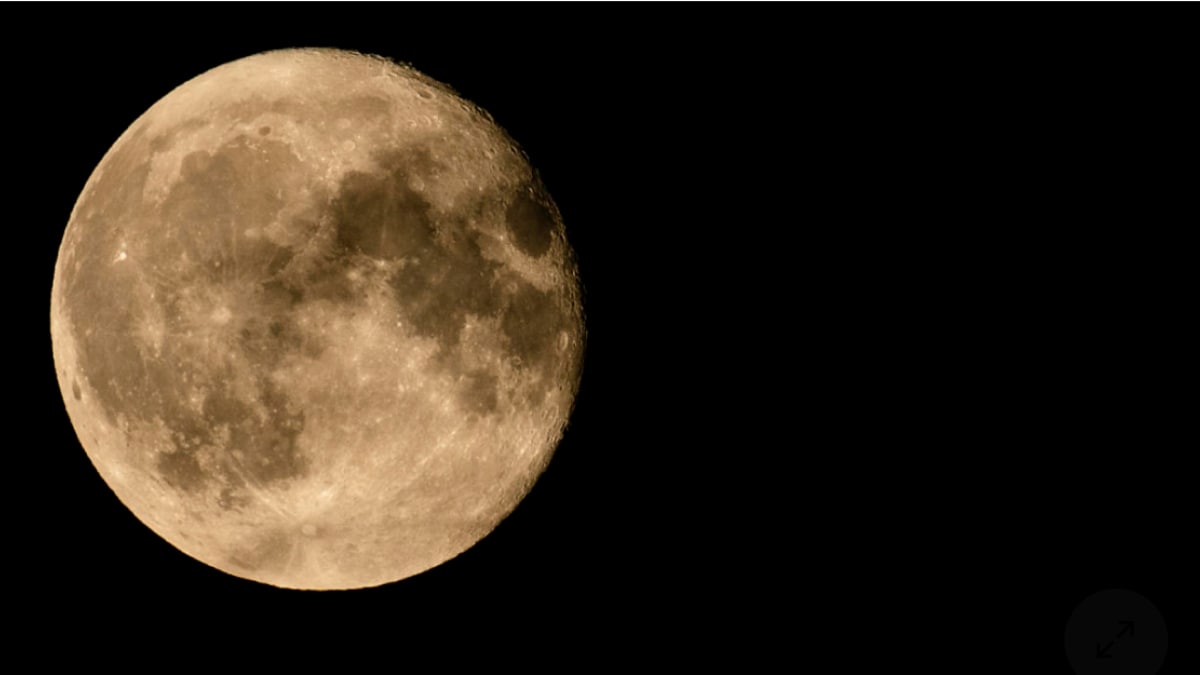A recent study published in Nature suggests that the Moon could be over 100 million years older than estimates based on rocks collected from its surface. The findings propose that the lunar surface underwent a “remelting” process 4.35 billion years ago, resetting the apparent age of lunar rocks. This research aligns with simulations of planetary formation, which indicate that massive collisions capable of forming the Moon likely occurred much earlier, within the first 200 million years of the solar system's formation.
Remelting Theory Offers New Insights
According to to Francis Nimmo, planetary scientist at the University of California Santa Cruz, who spoke to Space.com, tidal forces exerted by Earth on the early Moon may have caused widespread upheaval and intense heating. This process could explain why lunar rocks appear younger than the Moon's actual age. Such remelting events, akin to the activity observed on Jupiter's moon Io, would have reshaped the lunar surface and erased early impact basins.
Support from Rare Lunar Minerals
Rare lunar zircon minerals point to the Moon forming around 4.5 billion years ago, shortly after the solar system began. This timeline matches dynamic models of the early solar system, which suggest most massive bodies coalesced by 4.4 billion years ago. However, analyzes of Apollo-era lunar samples had previously suggested a younger age of about 4.35 billion years.
China's Chang'e 6 Mission Could Test Findings
The study's predictions could be verified with lunar samples to be retrieved by China's upcoming Chang'e 6 mission, set to explore the Moon's far side. Nimmo stated that additional lunar samples would be invaluable for refining these findings. Future simulations are planned to assess the specific effects of tidal heating on lunar geology.
The research highlights the interconnectedness of planetary science, providing a bridge between competing hypotheses from geochemistry and orbital dynamics.


